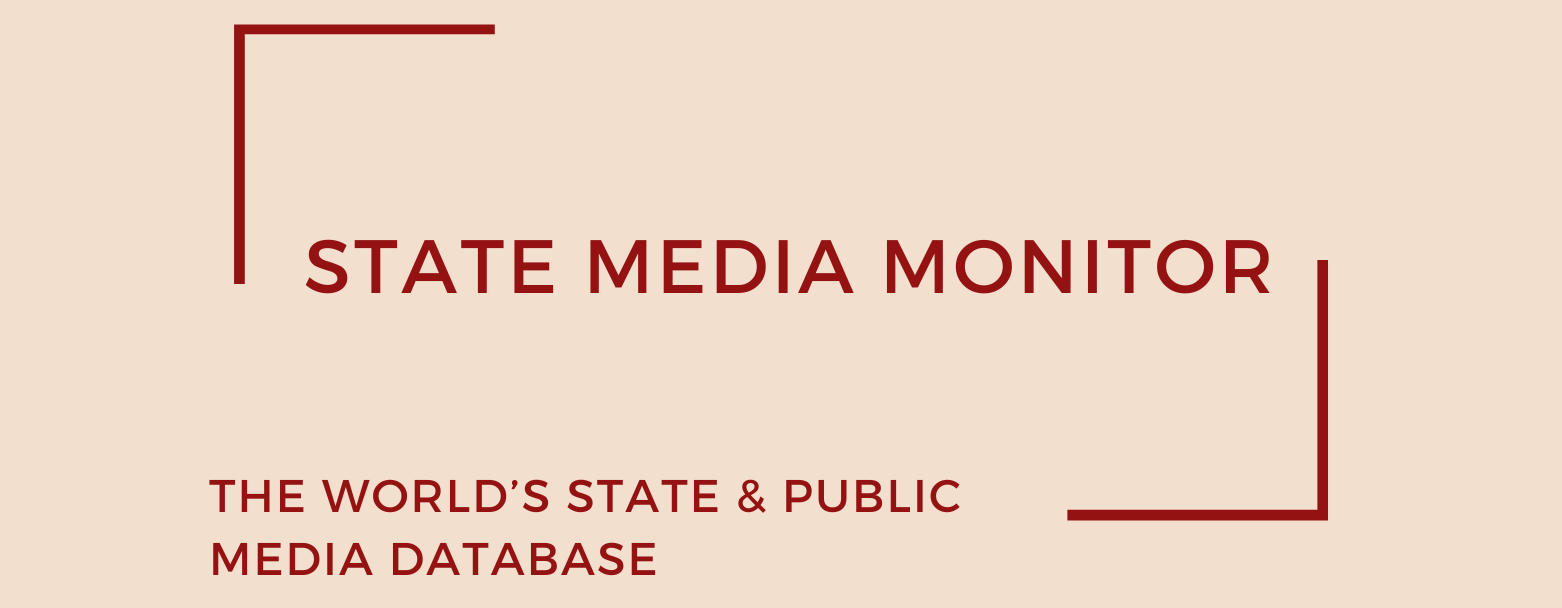Saudi Research and Media Group (SRMG)
Saudi Research and Media Group (SRMG), one of the Middle East’s largest integrated media companies, traces its roots to 1963 with the founding of Al Madina Printing and Publication Company. Over the decades, SRMG has evolved into a regional media heavyweight, publishing several of Saudi Arabia’s most prominent newspapers, magazines, and digital platforms—including Al Eqtisadiah, Asharq Al-Awsat, Arab News, The Majalla, and Urdu News. Beyond publishing, the group operates a broad array of advertising, distribution, and content production arms in Saudi Arabia and internationally, with key offices in the UK, UAE, Kuwait, and Morocco.
In May 2021, the company underwent a strategic rebranding from Saudi Research and Marketing Group to Saudi Research and Media Group (SRMG), signaling its ambition to become a diversified multimedia and content powerhouse.
Media assets
Print: Al Eqtisadiah, Asharq Al-Awsat, Arab News, The Majalla, Urdu News, Sayidaty, Al Jamila, Arrajol, Bassim, Heya; Digital: Asharq News
State Media Matrix Typology
Captured Public/State-Managed (CaPu)
Ownership and governance
SRMG is a joint-stock company headquartered in Riyadh and listed on the Saudi Tadawul stock exchange since 2006. Its majority shareholder is Al Ahli Capital Fund 13, an investment vehicle managed by NCB Capital, the asset management arm of Saudi National Bank (SNB)—a state-owned financial giant. SNB itself is majority owned by the Public Investment Fund (PIF), underscoring the tight institutional linkage between SRMG and the Saudi government.
The company’s board and executive leadership are populated by figures with strong ties to the Kingdom’s ruling elite. Notably, Ahmed bin Aqeel Al-Khatib, Saudi Arabia’s Minister of Tourism, currently sits on the board of directors, illustrating the firm’s embeddedness within the political establishment.
Jomana Rashed Al‑Rashid has served as Chief Executive Officer since October 2020, making history as SRMG’s first female CEO.
Source of funding and budget
SRMG’s revenues derive primarily from commercial activities including advertising sales, digital and print publishing, printing and packaging services, and public relations consultancy. The company’s financial transparency has improved in recent years due to its public listing.
In 2021, SRMG reported revenues of SAR 3.04 billion (US$811 million), with net profits of SAR 537 million (US$143 million). By 2023, total revenues grew to SAR 3.74 billion (US$997 million), reflecting a marginal year-on-year increase. However, net profit declined by 14% to SAR 559 million, mainly due to contracting revenues in its legacy printing and packaging segment.
Based on SRMG’s Tadawul disclosures for the year ending 31 Dec 2024, the company’s total revenue was SAR 3.263 billion (down from SAR 3.746 billion in 2023). Net Profit after Zakat & Tax was SAR 201.7 million, down from SAR 559.6 million in 2023. Despite a decline in profit, the company improved its operating cash flow, recording SAR 239 million in net cash from operating activities for 2024 (up from -SAR 704 million in 2023) .
SRMG has also continued to invest in content diversification, brand licensing, and tech partnerships. In early 2025, it expanded its branded content production and formed new alliances with global media and entertainment firms to boost its Arabic-language offerings.
Editorial independence
SRMG’s editorial line is widely seen as aligned with Saudi state interests, both domestically and abroad. Its media outlets consistently reflect the official narrative, projecting the Kingdom’s policy priorities while avoiding critical coverage of its leadership or governance practices. The group plays a central role in Riyadh’s regional soft power strategy and international image-building campaigns, especially through English-language platforms like Arab News and Asharq Business with Bloomberg.
While SRMG is a publicly traded company, there is no legal framework or independent regulatory body to safeguard the editorial independence of its media outlets. There is also no public record of internal editorial charters, ombudspersons, or external watchdogs to monitor compliance with journalistic standards.
July 2025
